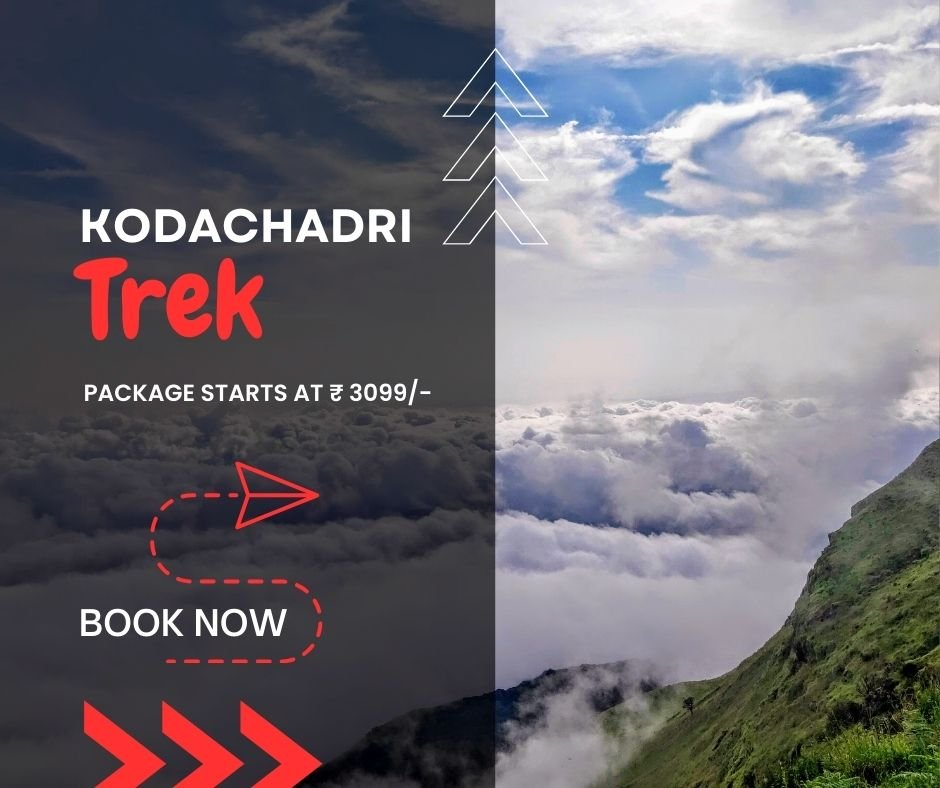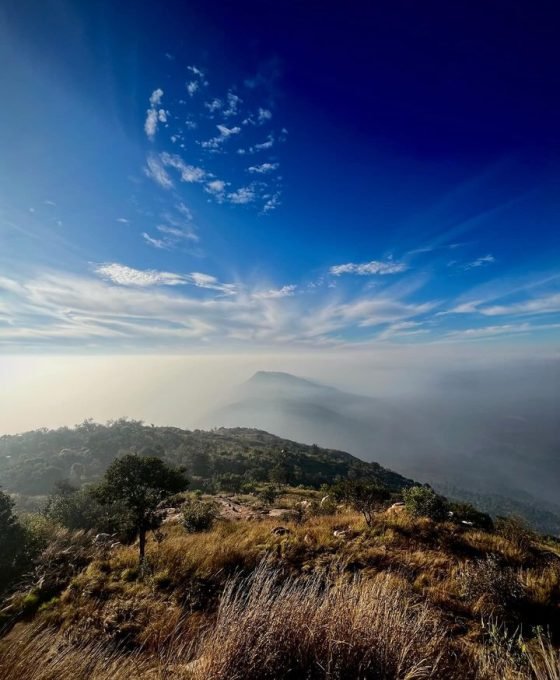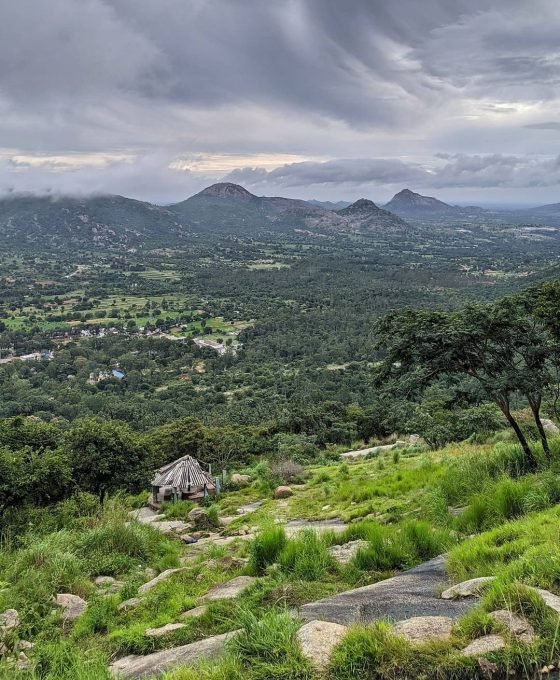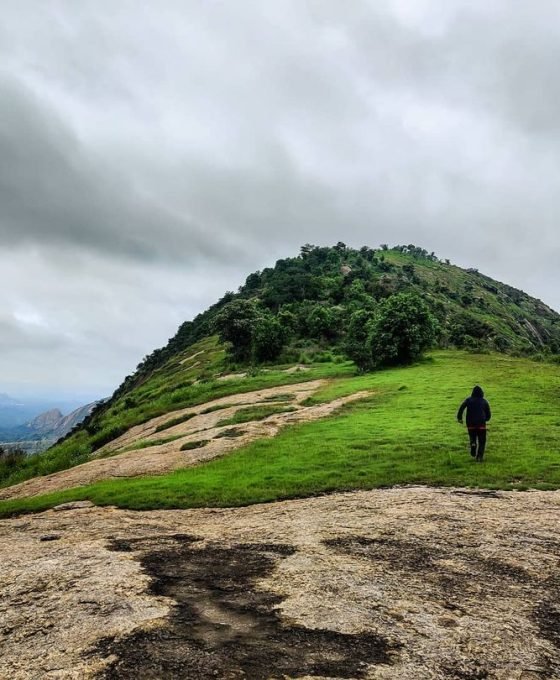Things to do in Bangalore

Trekking

Night Trek

Camping

Parties

One Day Trips
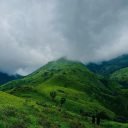
Two Days Trip

Adventure

Workshop

Trekking

Camping

One & Two Day Trips

Adventure & Parties
Planning Your Visit: What You Need to Know About the Kaveri River
Introduction to the Kaveri River
The Kaveri River, often hailed as the lifeline of Southern India, is celebrated for its sacred status among Hindus, breathtaking scenery, and immense agricultural and industrial importance. This river, also known as Dakshina Ganga or the Ganges of the South, is a vital water source that nurtures the landscapes and lives it touches.
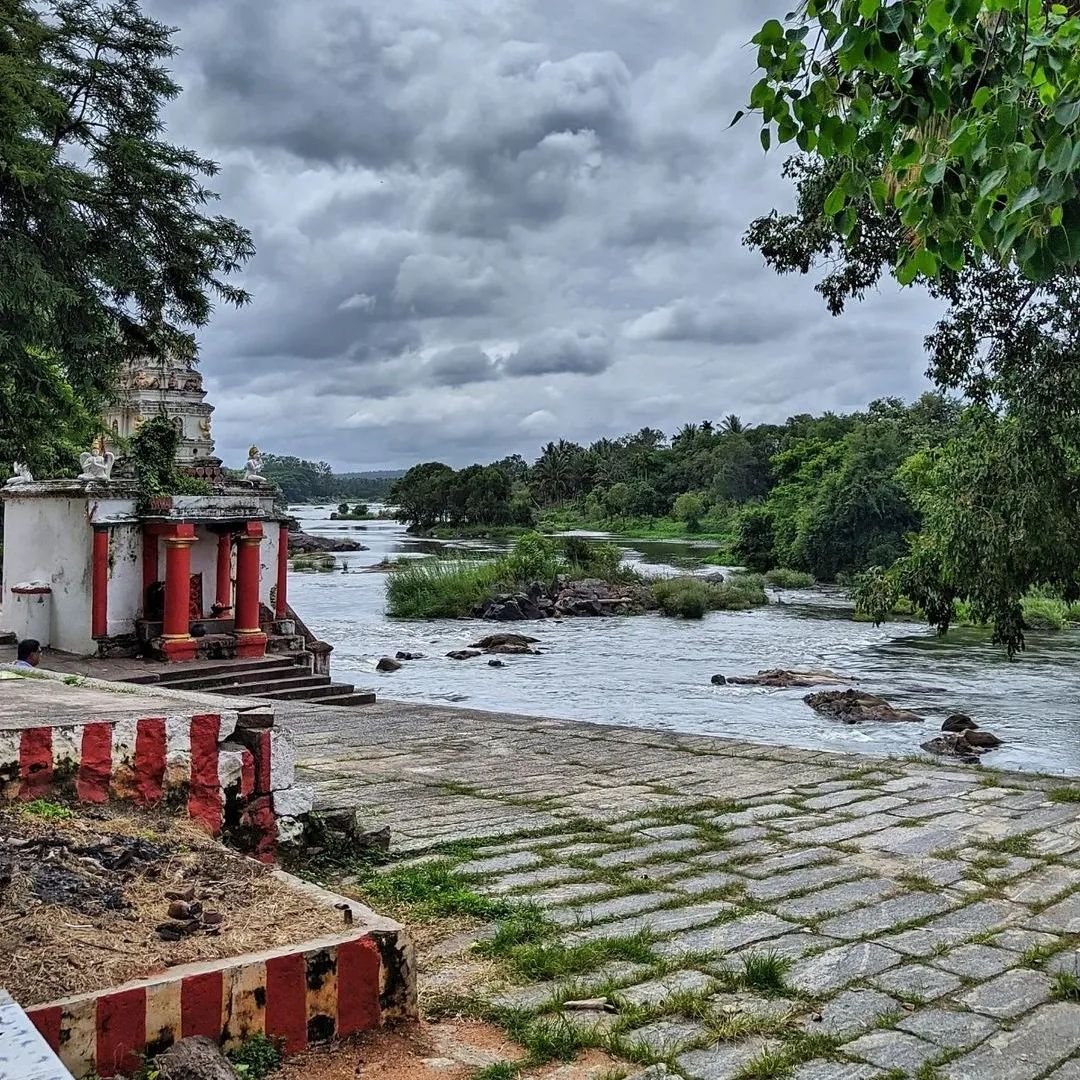
Geographical Origin and Course
Source and Origin of Kaveri
The River originates from the Brahmagiri Hill in the Western Ghats, located in the Coorg district of Karnataka. Rising at an elevation of approximately 1,341 meters above sea level, the river begins its journey in a region known for its lush greenery and diverse wildlife.
Flow Through Karnataka
As it flows southeast from its source, the Kaveri winds through the state of Karnataka, traversing rocky terrains and creating numerous picturesque waterfalls. The river’s upper course is characterized by a series of rapids and high banks that cut through the landscape.
Descent into Tamil Nadu
Upon entering Tamil Nadu, the River continues its southeastward journey, passing through several narrow gorges and dramatic waterfalls such as Hogenakal. The river’s flow in Tamil Nadu is marked by the creation of extensive deltaic regions, which are vital for agriculture.
Tributaries and Distributaries
The Kaveri is fed by several significant tributaries including the Hemavati, Lakshmantirtha, Kabini, and Bhavani rivers. As it approaches the Bay of Bengal, the river splits into multiple distributaries, forming a fertile delta known as the “garden of southern India.”
Historical and Cultural Significance
Mythological Importance
In Hindu mythology, the Kaveri River holds immense significance. It is often associated with various legends and is considered sacred. Pilgrims visit its banks to perform religious rituals and seek blessings.
Role in Hindu Traditions
The entire course of the Kaveri River is dotted with temples and pilgrimage sites. The river is integral to various festivals and rituals, reinforcing its spiritual importance in Hindu culture.
Historical Events Along the River
Historically, the Kaveri River basin has been the cradle of several South Indian civilizations. It has witnessed the rise and fall of empires and has been central to numerous historical events.
Geographical Origin and Course
Source and Origin of Kaveri
The Kaveri River originates from the Brahmagiri Hill in the Western Ghats, located in the Coorg district of Karnataka. Rising at an elevation of approximately 1,341 meters above sea level, the river begins its journey in a region known for its lush greenery and diverse wildlife.
Flow Through Karnataka
As it flows southeast from its source, the Kaveri winds through the state of Karnataka, traversing rocky terrains and creating numerous picturesque waterfalls. The river’s upper course is characterized by a series of rapids and high banks that cut through the landscape.
Descent into Tamil Nadu
Upon entering Tamil Nadu, the River continues its southeastward journey, passing through several narrow gorges and dramatic waterfalls such as Hogenakal. The river’s flow in Tamil Nadu is marked by the creation of extensive deltaic regions, which are vital for agriculture.
Tributaries and Distributaries
The Kaveri is fed by several significant tributaries including the Hemavati, Lakshmantirtha, Kabini, and Bhavani rivers. As it approaches the Bay of Bengal, the river splits into multiple distributaries, forming a fertile delta known as the “garden of southern India.”
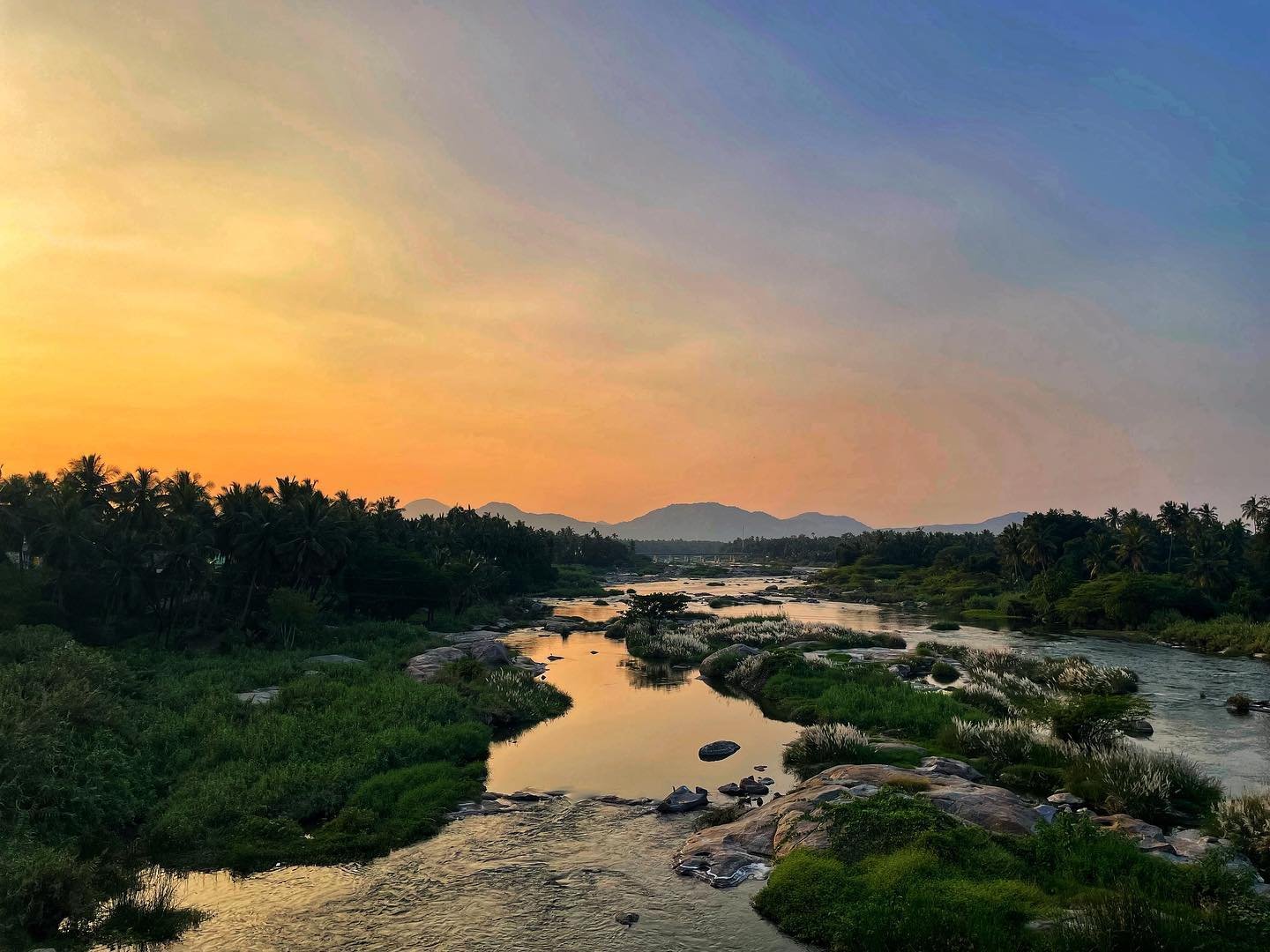
Historical and Cultural Significance
Mythological Importance
In Hindu mythology, the Kaveri River holds immense significance. It is often associated with various legends and is considered sacred. Pilgrims visit its banks to perform religious rituals and seek blessings.
Role in Hindu Traditions
The entire course of the Kaveri River is dotted with temples and pilgrimage sites. The river is integral to various festivals and rituals, reinforcing its spiritual importance in Hindu culture.
Historical Events Along the River
Historically, the River basin has been the cradle of several South Indian civilizations. It has witnessed the rise and fall of empires and has been central to numerous historical events.
Hydrological Features
Waterfalls and Rapids
The Kaveri River is renowned for its spectacular waterfalls, including the Sivasamudram Falls and the Hogenakal Falls. These natural wonders not only enhance the river’s scenic beauty but also contribute to hydroelectric power generation.
Key Dams and Reservoirs
Several dams and reservoirs have been constructed along the Kaveri, such as the Krishnaraja Sagara and the Mettur Dam. These infrastructures play a crucial role in irrigation, water supply, and power generation.
Irrigation and Agricultural Impact
The Kaveri River’s extensive network of canals and irrigation projects supports agriculture in the region, making it one of the most fertile and productive areas in Southern India.
Biodiversity and Ecology
Flora and Fauna of Kaveri Basin
The Kaveri River basin is home to a rich diversity of flora and fauna. The river supports various ecosystems, from the lush Western Ghats to the fertile plains of Tamil Nadu.
National Parks and Sanctuaries
The basin includes several protected areas such as Bandipur National Park, Nagarhole National Park, and Bannerghatta National Park. These parks are crucial for the conservation of many endangered species.
Conservation Efforts
Efforts to conserve the biodiversity of the Kaveri River basin include various governmental and non-governmental initiatives focused on protecting wildlife habitats and promoting sustainable practices.
Economic Importance
Agriculture and Irrigation
The Kaveri River is vital for the agricultural sector, providing irrigation to a vast area of farmland. Crops like rice, sugarcane, and various fruits thrive in the river’s deltaic region.
Hydropower Generation
The waterfalls and dams along the River facilitate significant hydropower generation, supplying electricity to major cities and industries in the region.
Fisheries and Livelihoods
The river supports a thriving fishing industry, providing livelihoods to thousands of people. The rich aquatic biodiversity of the Kaveri River sustains various fish species and other aquatic life.
Tourism and Scenic Beauty
Popular Tourist Destinations
The scenic beauty of the Kaveri River attracts tourists to destinations such as Sivasamudram Falls, Hogenakal Falls, and the delta regions. These spots offer picturesque landscapes and serene environments.
Adventure Activities
The river offers numerous adventure activities like white-water rafting, trekking, and boating, making it a popular destination for adventure enthusiasts.
Cultural Festivals
Many cultural festivals are celebrated along the Kaveri River, highlighting the region’s rich heritage and attracting visitors from across the country and beyond.
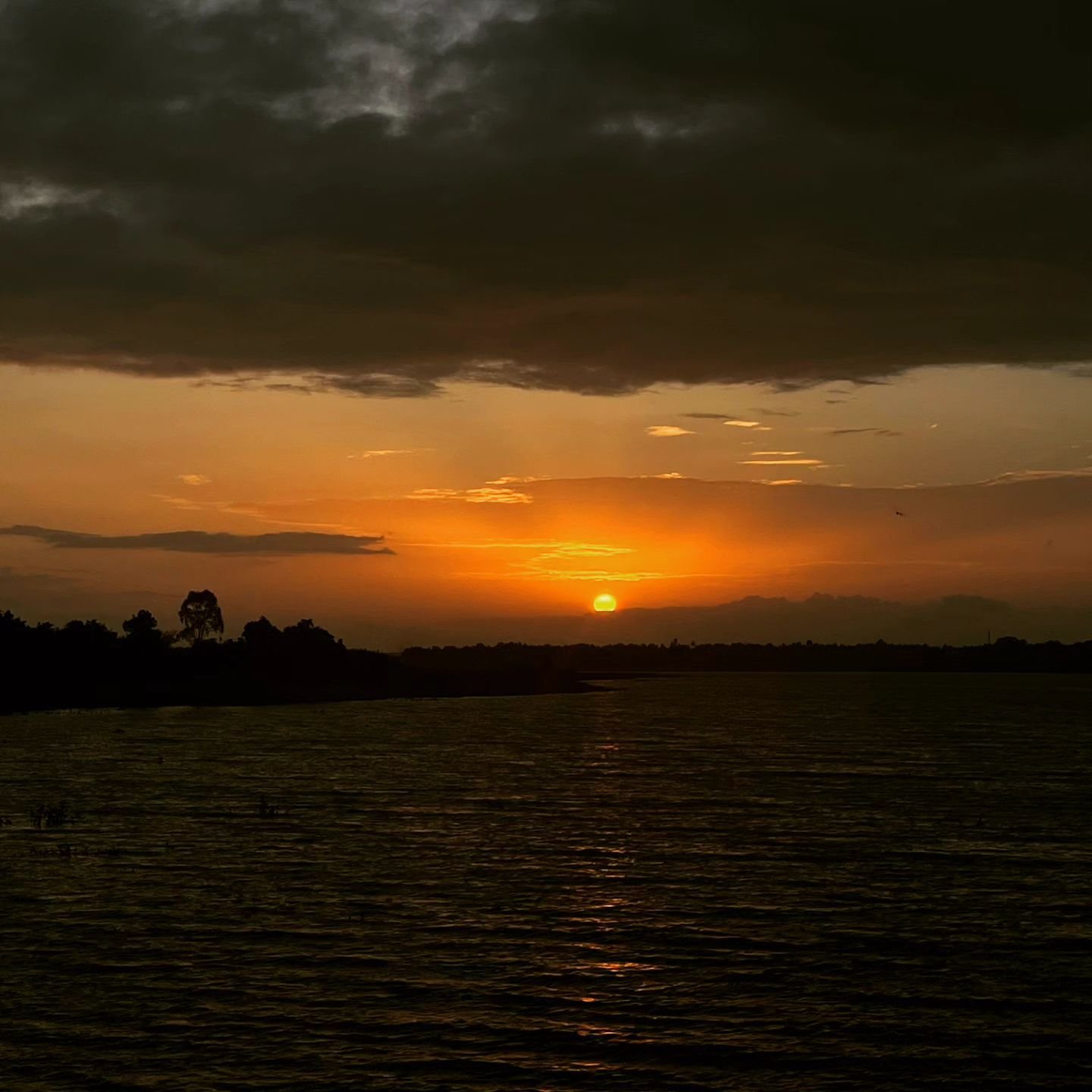
Environmental Challenges
Pollution Issues
Like many rivers in India, the Kaveri faces significant pollution challenges. Industrial discharge, agricultural runoff, and domestic waste contribute to the deterioration of water quality.
Deforestation and Habitat Loss
Deforestation in the Kaveri basin has led to habitat loss and a decline in biodiversity. This environmental degradation affects both the river’s ecology and the livelihoods dependent on it.
Water Management Conflicts
The Kaveri River has been the center of numerous water management conflicts between the states of Karnataka and Tamil Nadu. These disputes often arise from competing demands for water resources.
Conclusion
The Kaveri River is more than just a geographical feature; it is a lifeline for millions of people in Southern India. Its sacred status, ecological significance, and economic importance underscore the need for sustainable management and conservation efforts to ensure that this vital river continues to nourish and sustain the region for generations to come.
FAQs
What is the significance of the Kaveri River in Hinduism?
The Kaveri River is considered sacred in Hinduism, often referred to as the Ganges of the South. It is associated with various legends and is an important site for religious rituals and festivals.
Where does the Kaveri River originate?
The Kaveri River originates from Brahmagiri Hill in the Western Ghats, located in the Coorg district of Karnataka.
How long is the Kaveri River?
The River flows for approximately 800 kilometers (497 miles) from its source in Karnataka to its mouth in the Bay of Bengal.
What are the main tributaries of the Kaveri River?
The main tributaries of the Kaveri River include the Hemavati, Lakshmantirtha, Kabini, and Bhavani rivers.
How does the Kaveri River impact agriculture in its basin?
The Kaveri River supports extensive irrigation systems that water vast agricultural lands, making the region one of the most fertile and productive areas in Southern India.
What are the major environmental challenges facing the Kaveri River?
The major environmental challenges facing the River include pollution, deforestation, habitat loss, and water management conflicts between Karnataka and Tamil Nadu.
Share Your Opinion!
Video Glimpse
Picks By Erica
Makalidurga Trek
Siddara Betta Trek
Handi Gundi Betta
- Skandagiri Trek
- Kumara Parvatha Trek
- Uttari Betta Trek
- Makalidurga Trek
- Tadiandamol Trek
- Ettina Bhuja Trek
- Nandi Hills Trek
- Mullayanagiri Trek
- Kunti Betta Trek
- Devarayanadurga Trek
- Madhugiri Trek
- Narasimha Parvatha Trek
- Pushpagiri Trek
- Kurinjal Trek
- Ombattu Gudda Trek
- Kabbaladurga Trek
- Siddara Betta Trek
- Bheemeshwari Trek
- Bandaje Arbi Falls Trek
- Jenukal Gudda Trek
- Bababudangiri Trek
- Ranganathaswamy Betta Trek
- Kumta Beach Trek
- Bananthimari Betta Trek
- Netravathi Trek
- Bidarakatte Trek
- Kote Betta Trek
- Rayakottai Trek
- Sharavathi Valley Trek
- Savandurga Trek
- Anthargange Trek
- Nishani Motte Trek
- Kodachadri Trek
- Kudremukh Trekking Adventure
- Nirvana Beach Camping
- Handi Gundi Betta Trek
- Sathodi Falls Karnataka
- Channagiri Betta Trek
- Gudibande Fort Trek
- Dudhsagar Falls Trek
- Bandaje Trek
- Kumaraparvata Trekking
- Ravugodlu Trek
- Mandalpatti Trek
- Z Point Trek
- Agumbe
- Ettina Bhuja
- Savandurga
- Shivagange
- Dudhsagar Falls
- Dudhsagar Falls
- Kodachadri
- Sirimane Falls
- Iruppu Falls
- Rayakottai
- Banasura Hill
- Netrani Island
- Netravati Peak
- Mullayanagiri
- Gokarna
- Dandeli
- Chikkamagaluru
- Coorg
- Bangalore
- Kemmangundi
- Karnataka India
- Mysore
- Sakleshpur
- Kotagiri
- Kollur
- Kumta
- Yana
- Devarayanadurga
- Hampi
- Mandalpatti Peak
- Madhugiri Hill
- Avani Betta
- Didupe
- Kumara Parvatha
- Shimoga
- Ermayi Falls
- Manchabele Reservoir
- Bheemeshwari
- Kaiwara
- Kodaikanal Falls
- Murkannu Gudda
- Surla Waterfalls
- Kavaledurga Fort
- Kemmangundi
- Magod Falls
- Jog Falls
- Kanva Dam
- Pandavara Betta
- Ramadevara Betta
- Bhuvanagari Fort
- Athirapally Waterfalls
- Muthati
- Kunthi Hills
- Cubbon Park
- Bannerghatta Biological Park
- Innovative Film City
- Bull Temple
- Murudeshwar
- Markonahalli Dam
- Janapada Loka
- Mallalli Falls
- Devaramane Viewpoint
- Kalasa
- Nagarhole National Park
- Talakadu
- Gangadikal Peak
- Chunchi Falls
- Channagiri Hills
- Horagina Betta
- Kyatanamakki
- Bheemana Kindi
- Muregar Falls
- Devimane Ghat
- Gudavi Bird Sanctuary
- Agni Gudda
- Kurinjal Peak
- Apsarakonda Falls
- Belur And Halebidu
- Soormane Falls
- Srirangapatna Temple
- Hampi Trek
- Dandeli Falls
- Wayanad Trek
- Chikmagalur Hills
- Agumbe Falls
- Paithalmala
- Bangalore Palace
- Mashobra Hills
- Night Camping
- Kaveri Nisargadhama
- Unchalli Falls
- Sakleshpur Falls
- Chikmagalur Trekking Places
- Kaginahare
- Rani Jhari
- Abbey Falls
- Kudremukh National Park
- Bannerghatta National Park
- Nijagal Betta
- Madikeri Fort
- Hidlumane Falls
- Iruppu Falls
- Belkal Theertha Falls
- Devarayanadurga Betta
- Gopalaswamy Betta
- Devarayanadurga Fort
- Hebbe Waterfalls
- Kid Friendly Places Near Bangalore
- Camping Near Bangalore
- Two Day Trip From Bangalore
- Weekend Outing In Bangalore
- Trekking Near Bangalore
- One Day Trip Near Bangalore
- Parties In Bangalore
- Trekking Packages
- Night Trek Bangalore
- Treks Near Bangalore
- Night Trekking In Bangalore
- Weekend Getaways From Bangalore
- Bangalore To Coorg Package
- Best Tourist Places In Kerala
- Team Outing Near Bangalore
- One-Day Road Trips From Bangalore By Car
- Ettina Bhuja Distance From Bangalore
- Hill Stations Near Banaglore
- One Day Trek
- Trekking Near Myosre
- Waterfalls Near Bangalore
- Picnic Spots Near Bangalore
- Top Tourist Places In Bangalore
- Trekking In Bangalore
- Chikmagalur Trekking Packages
- Bangalore To Hampi Distance
- New Year Events In Bangalore
- Sunrise Trek Near Bangalore
- Places To Visit In Madikeri In 2 Days
- Go Karting In Bangalore
- Trampoline Park Bangalore
- Best Street Food In Bangalore
- Places To Visit In Tumkur
- Agumbe Tourist Places
- Best Beach In Gokarna
- Kanakapura Waterfalls
- Sunrise At Nandi Hills
- Uttari Betta Trek Location
- Bangalore To Gokarna
- Bangalore To Coorg
- Bangalore To Ooty
- Nandi Hills Tent Stay
- Dandeli Trekking
- Murudeshwar Sightseeing
- Waterfalls In Udupi
- Solo Travel
- Adventure
- Beautiful Places To Visit In India
- Kolukkumalai Sunrise
- Mysore Trip
- Coorg Waterfalls
- Chikmagalur Hill
- White Hills Bangalore
- Sholay Shooting Hill Top
- Activities To Do In Bangalore
- Night Camping
- Hills In Bangalore
- Places To Visit Near Adiyogi
- Trekking In Karnataka
- Agumbe Ghat
- Famous Places In Karnataka
- Highest Peak In Karnataka
- Hill Stations Near Bangalore
- Historical Places In Karnataka
- Bandipur Safari Timings
- Beaches Near Bangalore
- Chikmagalur Tourist Places
- Coorg Trekking
- Famous Temples In Bangalore
- Fun Activities In Bangalore
- Gokarna Main Beach
- Gokarna Trip
- Historical Places In Bangalore
- Picnic Spots In Bangalore
- Places Around Bangalore
- Places In Gokarna
- Places To Visit In Bangalore With Family
- Places To Visit In Chikmagalur
- Places To Visit In Gokarna
- Places To Visit In Honnavar
- Places To Visit In Shimoga
- Rock Climbing In Bangalore
- Sakleshpur Places
- Sakleshpur Tourist Places
- Sakleshpur Trek
- Shimoga Places To Visit
- National Parks In Karnataka
- Tourist Places In Karnataka
- Tourist Places Near Bangalore Within 100 Kms
- Traditional Food Of Karnataka
- Treks In Karnataka
- Sirsi Karnataka
- Coorg Falls
- Kunti Betta From Bangalore
- Kunti Betta Trek Distance
- Nature Places In Bangalore
- Mysore Tourist Places
- Muthanga Wildlife Safari
- Cities In Karnataka
- Coastal Karnataka
- Devarayanadurga Distance
- Places To Visit In Chikmagalur In 2 Days
- Places To Visit In Hassan
- Sangam Waterfalls
- Sangam Waterfalls
- Savandurga Trek Distance
- Skandagiri Trek Start Point
- Kodaikanal Tourist Places
- Bangalore To Munnar
- Bangalore To Hampi
- Bangalore To Coorg Distance
- Banglore To Ooty
- Bangalore To Sakleshpur
- Bangalore To Hogenakkal
- How To Reach Coorg
- Bangalore To Shivanasamudra
- Bangalore To Mysore
- Bangalore To Kodaikanal
- Bangalore To Kudremukh
- Bangalore To Chikmagalur Distance
- Bangalore To Shimoga
- Frequently Asked Questions - Munnar
- Frequently Asked Questions - Ooty
- Frequently Asked Questions - Dudhsagar
- Frequently Asked Questions - Dandeli
- Frequently Asked Questions - Chikmagalur
- Frequently Asked Questions - Coorg
- Frequently Asked Questions - Mysore
- Frequently Asked Questions - Alleppey
- Frequently Asked Questions - Bangalore
- Frequently Asked Questions - Bangalore
Host Events
Collaboration
Copyright © 2024 EventsErica


